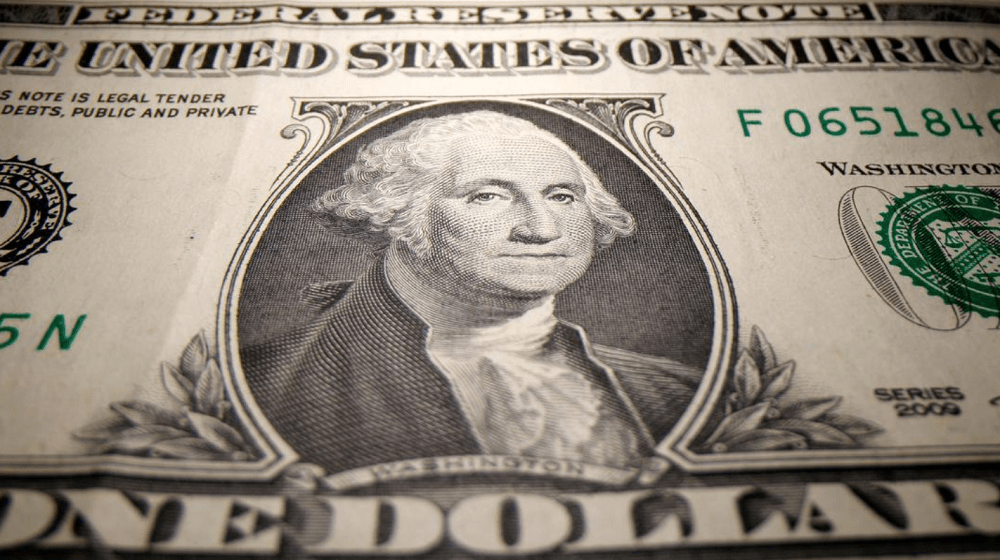Dollar buoyed by upbeat U.S. economic data; Aussie falls
September 02, 2020 @ 10:13 +03:00
The dollar bounced off two-year lows on Wednesday as U.S. data pointed to a firm manufacturing activity, while the euro retreated from its highest levels since 2018 on profit-taking. Economic data published on Tuesday showed U.S. manufacturing activity accelerated to a nearly two-year high in August amid a surge in new orders, with the reading from the Institute for Supply Management highest level since November 2018.
The U.S. data followed similarly upbeat Chinese and European manufacturing indicators. Analysts said that an increase in pent-up demand has contributed to the rise in the greenback. The dollar index inched up 0.16% at 92.390, having hit its lowest since April 2018 of 91.737. Separate data from the Australian Bureau of Statistics showed Australia suffered its worst economic fall in quarterly domestic product on record last quarter as the coronavirus pushed the country into recession.
Following the data announcement, the Australian dollar fell 0.5% to $0.7348 before retracing some losses at $0.73560. The greenback has been declining since last week, down about 1%, after the Federal Reserve announced it would focus more on average inflation and higher employment. With the Fed’s shift in policy having leeway to keep U.S. interest rates lower for longer, it has encouraged traders to sell the currency. The euro benefited from the initial dollar sell-off, as it rose high as $1.2014 on Tuesday, its highest since May 2018. The common currency later reversed those gains to sit at $1.19085. Against the Japanese yen, the dollar was little changed at 106.075 yen. Elsewhere in the market, Sterling traded at 1.3379, just below last year’s high that followed the 2019 election of 1.3516.
The Chinese yuan CNH=EBS was little changed, last down 0.08% in offshore markets to 6.8305.








